|
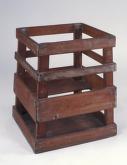
Baby tender
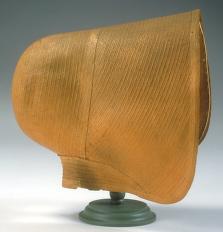
Bonnet

Broom-corn broom
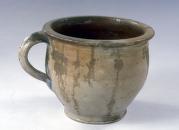
Chamber Pot
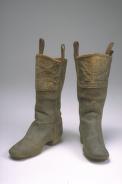
Children's boots

Mason Jar
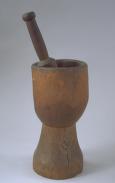
Mortar and Pestle

Oil lamps
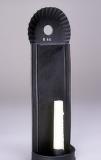
Sconce-Candle Reflector

Stock (tie)
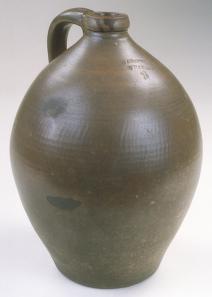
Stoneware Jug
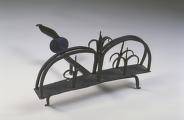
Toasting iron
|
Summary and Objective
Comparing items in today's American household to items found in the 19th-century American household, students will understand how these items have been utilized in everyday life. Kindergarten children will begin to grasp how these ordinary objects have changed over time, but continue to have the same function.
Teaching Plan
Step 1.
Teacher will read the book, Miss Bridie Chose a Shovel, by Leslie Connor, and an excerpt from the book, Turn of the Century, written by Ellen Jackson, in order to encourage/stimulate children's thinking about 19th-century home life.
Step 2.
Students will view the following 19th-century household items from the American Centuries Digital Collection: Baby tender, Bonnet, Broom-corn broom, Chamber pot, Children's boots, Mason jar, Mortar and Pestle, Oil lamps, Sconce-Candle Reflector, Stock (tie), Stoneware Jug, Toasting iron.
Step 3.
Teacher will facilitate a discussion that pertains to the digital items viewed, and how they were used in the 19th-century household. Discussion will include questions such as, "Why does the hat (bonnet) have such a long front part?" Answer: To keep the sun off one's face. "Do you know what a chamber is?" Answer: In those times, bedrooms were referred to as chambers. "Why do the boots have straps on them?" Answer: To assist in pulling the boot onto one's foot. This discussion should be geared to the developmental level of 5 and 6-year-olds.
Step 4.
Each item in the digital collection will have a correlating object from a modern American household. The teacher will provide a playpen to correlate with the baby tender, a visor/cap with the bonnet, a modern day broom with the broom-corn broom, a picture of a toilet with the chamber pot, sneakers with the children's boots, cans of vegetables and fruits with the Mason jar, spices with the Mortar and Pestle, an electric lamp with the oil lamps and Sconce-Candle Reflector, a necktie with the Stock(tie), a milk carton with the Stoneware Jug, and a toaster with the Toasting iron.
Step 5.
Children will work in pairs to play a matching game in which the objective is to determine the modern correlating household item with the 19th-century item.
Step 6.
Children will sit in a semi-circle facing a table that will display pictures of the selected items from the American Centuries Digital Collection on one side, as well as a display of the modern household items on the opposite side. Each pair of children will take a turn to place a picture from the digital collection with the appropriate correlating modern object. Each choice will generate a discussion of how these coupled items have served the same purpose/function, but have changed over time.
Step 7.
Teacher will close lesson by providing time for the children to draw, color and write in their journals about something they learned.
|




